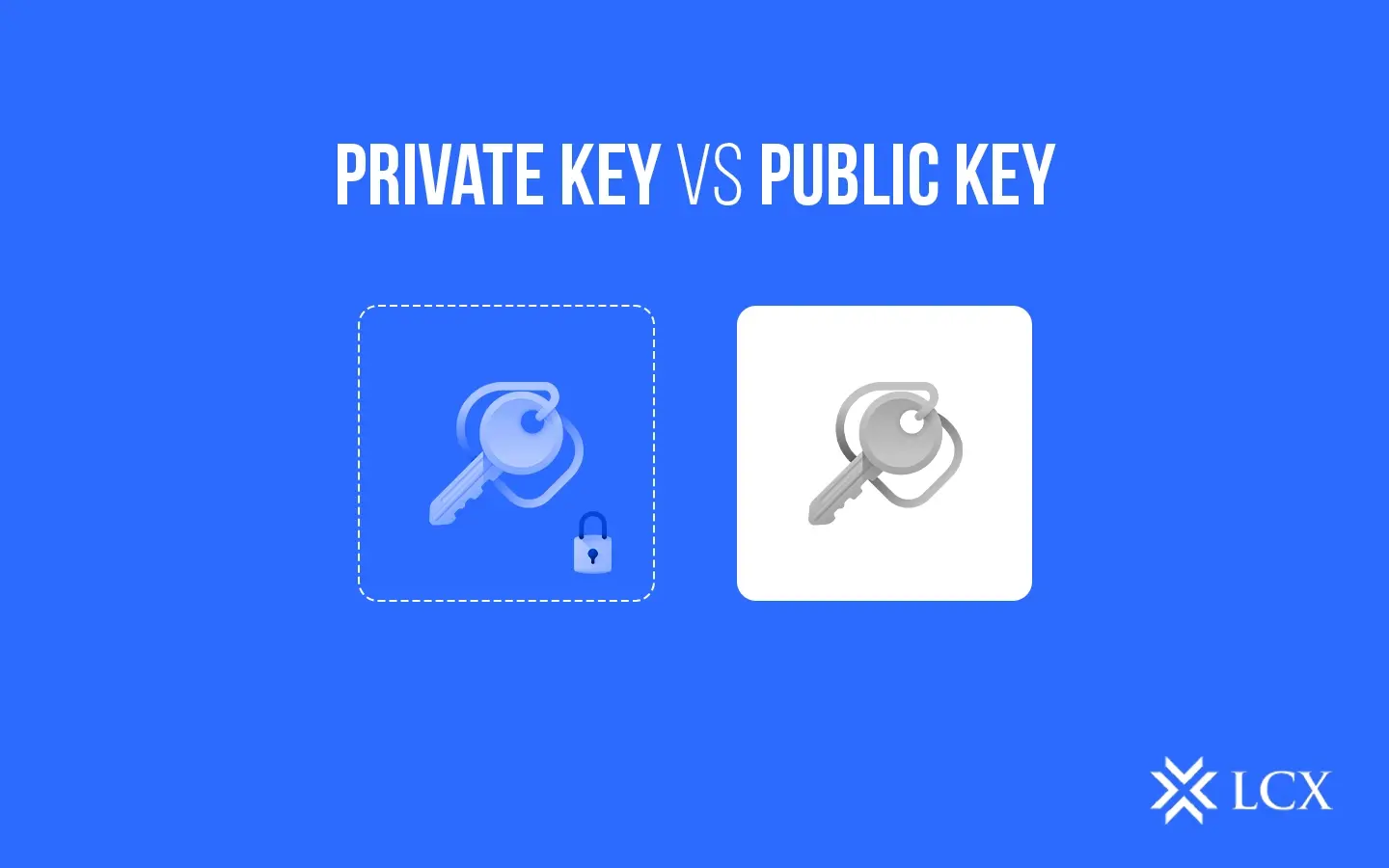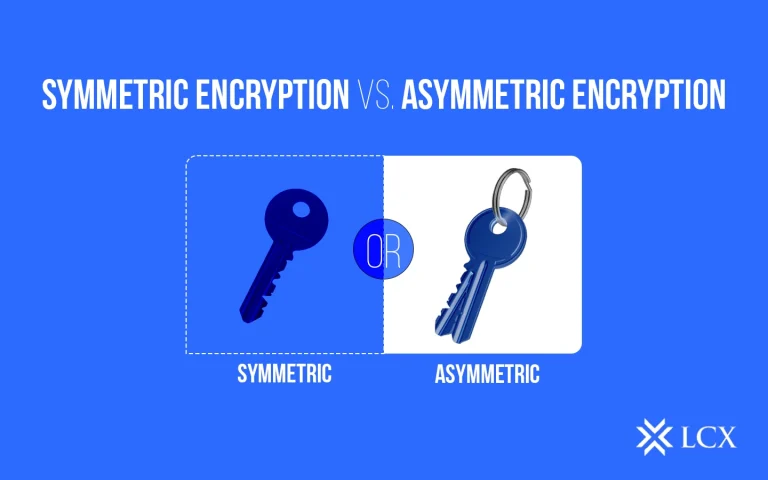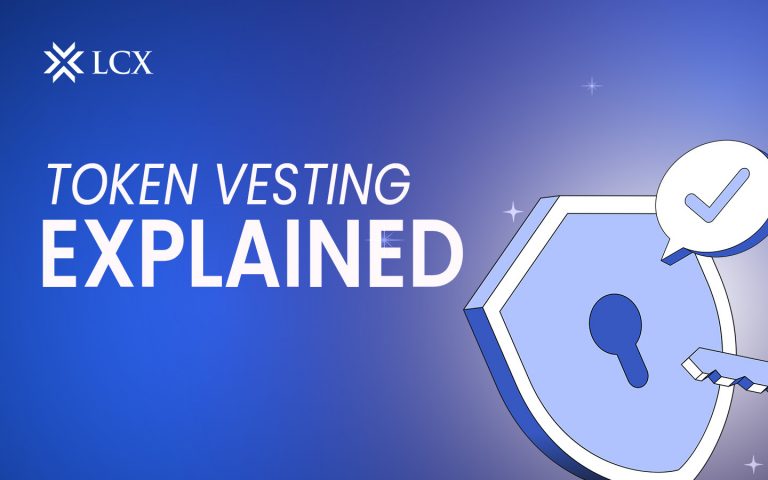Welcome to the second chapter of your crypto crash course. In part one, you discovered the basics of seed phrases and BIP39; but this module is about wallets.
If you’re wondering, “How do I get started?” You’re in the right place. In this article, you will learn the basics of crypto wallets and how they work, starting with private keys. But first, we need to understand the crypto wallets.
Key Takeaways
- Digital Sovereignty: Your private key is your irreplaceable proof of ownership, granting you full control over your crypto assets. Once lost, it’s gone forever.
- Mailbox Mechanics: Your public key resembles a mailbox – specifically, a blockchain mailbox that receives funds. On the other hand, your private key is the only key that unlocks access.
- Security Architecture: Asymmetric cryptography ensures that only your private key can decrypt data encrypted with the public key, guaranteeing strong security.
- Custody considerations: Choose between custodial wallets (managed by third parties) and non-custodial wallets (self-controlled), balancing convenience with security.
What is a Crypto Wallet?
Crypto wallets are like virtual safety deposit boxes, accessible from anywhere in the world, that contain all your digital assets. Unlike traditional wallets that physically hold your money, crypto wallets don’t actually “store” your cryptocurrency. Instead, they store the cryptographic keys that give you access to your assets on the blockchain.
What is a Private key in Blockchain?
A private key, or symmetric key in cryptography, is a secret alphanumeric code that provides complete access and control over cryptocurrency assets. Private keys are represented as lengthy hexadecimal strings, stored in formats like Wallet Import Format (WIF), or derived from seed phrases using BIP standards.
Maintaining the security of your private key is of paramount importance. Unlike passwords, private keys cannot be reset or recovered, and losing them means permanently losing access to your funds.
In other words, the private key is a secret code that provides you the sole access to your crypto wallet and proves ownership of a blockchain account. It resembles a verification stamp for a transaction processed in a blockchain account and allows the owner to access and manage its contents.
What is Wallet Import Format or WIF?
Wallet Import Format (WIF) is a standardized method for displaying and exchanging Bitcoin private keys. Wallet Import Format (WIF) uses Base58Check encoding to represent Bitcoin private keys for easy copying and transferring.
How is a Private Key generated?
A blockchain private key is a randomly generated string of alphanumeric characters, typically representing a much longer sequence of hundreds of digits. The Elliptic Curve Digital Signature Algorithm is used in generating the public and private keys for cryptos like Bitcoin and Ethereum.
The appearance of private keys on different blockchains varies:
Ethereum: uses a private key composed of 64 hexadecimal characters.
Example: afdfd9c3d2095ef696594f6cedcae59e72dcd697e2a7521b1578140422a4f890.
Bitcoin uses a 256-bit number that can be represented in several ways.
Example: E9873D79C6D87DC0FB6A5778633389F4453213303DA61F20BD67FC233AA33262
Your private key should only be accessible to you. Ensure that it is recorded and stored offline, as it is the key to your assets and should not be accessible by anyone else.
What are the advantages of private key encryption?
Digital security is greatly enhanced by private key encryption, a vital component of any crypto toolkit.
- Scalability and Swiftness: The algorithms powering private key encryption operate with remarkable speed compared to their asymmetric counterparts. This enhanced velocity enables the encryption of substantially larger data volumes, ensuring your transactions process efficiently regardless of size.
- Less Computational Power: Private key encryption shines in its efficiency, requiring minimal computational resources to function effectively. These lighter calculations make it perfectly suited for real-time applications, ensuring your crypto transactions remain smooth and responsive.
- Data Confidentiality: Perhaps most crucially, private key encryption delivers robust data confidentiality. It safeguards your digital assets by granting access only to authorized parties with the correct key. This heightened privacy creates an effective barrier against unauthorized access, keeping your crypto holdings secure in an increasingly connected world.
What is a Public Key in Blockchain?
A public key is a cryptographic key that plays a crucial role in the encryption part of securing your wallet data. Functioning as one half of the public-private key pair, your public key exists openly on the internet, while its counterpart, the private key, remains hidden away from prying eyes.
Remember the mailbox analogy from our seed phrase blog!
Your public key works exactly like that – a mailbox where anyone can deposit letters (or, in this case, cryptocurrencies). It’s visible to everyone and designed to receive funds from any sender on the network. However, only you possess the unique mailbox key, which is your private key, giving you exclusive rights to access and manage everything inside.
While you must guard your private key with utmost secrecy, your public key is meant for sharing. Generated through complex mathematical derivation from your private key, it functions as your account number in the blockchain ecosystem. When friends, family, or businesses want to send you cryptocurrency, they’ll use your public key or, more commonly, an address derived directly from it.
The true elegance of this system lies in its asymmetric cryptography. Information encrypted using your public key can be decrypted only with your corresponding private key. This sophisticated one-way relationship creates a security fortress, allowing you to freely share your public key without ever compromising the security of your private key.
How do public and private keys work?
Private and public keys rely on Public Key Cryptography (PKC), a cryptographic system based on the mathematical concept of trapdoor functions, easy to compute one way but nearly impossible to reverse. This principle underpins blockchain security.
Here’s a step-by-step explanation of how they work:
- Key Pair Generation: A key pair, consisting of a public key and a private key, is generated simultaneously using a complex mathematical algorithm, ensuring they are mathematically related.
- Public Key Sharing: The public key is then shared freely with anyone who needs to send encrypted messages to the user.
- Encryption with Public Key: The recipient’s public key is used to encrypt messages that need to be sent securely.
- Decryption with Private Key: Only the recipient can decrypt the message using their corresponding private key.
Private Key vs. Public Key
| Feature | Private Key | Public Key |
| Speed | Faster than public key encryption. | Slower due to complex computations. |
| Key Usage | Uses a single secret key for both encryption and decryption. | Uses two keys: one for encryption (public) and one for decryption (private). |
| Key Sharing | The key is kept private and shared only between sender and receiver. | The private key is secret, but the public key is openly shared. |
| Encryption Type | Symmetric encryption (same key for both parties). | Asymmetric encryption (separate keys for encryption and decryption). |
| Key Exchange | Requires both sender and receiver to share the same key. | No need to share the private key; only the public key is distributed. |
| Efficiency | Efficient for encrypting large amounts of data. | Inefficient for large data; best for encrypting short messages. |
| Risk of Key Loss | Higher risk—if lost, encrypted data becomes inaccessible. | Lower risk, as the public key is widely distributed. |
| Common Algorithms | AES 128, AES 192, AES 256. | RSA, DSA. |
| Usage Scenarios | Protects disk drives, stored data. | Secures web sessions, emails. |
| Message Decryption | The recipient’s private key decrypts messages. | The recipient’s public key encrypts messages. |
| Authentication Use | If used as a locking key, verifies documents sent by the holder. | If used as a locking key, enables private communication. |
The Custody Question: Who Holds Your Keys?
When it comes to storing private keys, two fundamental approaches emerge: custodial vs. noncustodial wallets.
Custodial Wallets
Custodial wallets or hosted wallets function like digital vaults managed by third parties. These services hold your private keys, offering simplicity but requiring you to trust someone else with the keys to your crypto kingdom.
Non-custodial Wallets
Noncustodial wallets put you firmly in control. You alone hold your private keys, giving you complete sovereignty over your digital assets—and complete responsibility for their safekeeping.
This leads to another crucial distinction: the temperature of your wallet storage.
Cold Wallets vs. Hot Wallets
- Cold wallets keep your keys in digital hibernation—completely offline through hardware devices or paper storage, maximizing security by staying disconnected from the internet’s dangers.
- Hot wallets maintain your keys in internet-connected environments through online or mobile applications, providing convenience but introducing greater vulnerability.
For example, a custodial hot wallet might be your Coinbase account, where the exchange safeguards your private keys. In contrast, a noncustodial cold wallet like a Ledger or Trezor device stores your private keys offline, delivering maximum security while keeping you in complete control.
Understanding these distinctions and selecting the right approach for your needs remains fundamental to protecting your digital wealth in the wild frontier of cryptocurrency.
Conclusion: Your Private and Public Key- The dual guardian of your crypto wallet
Private and public keys form the backbone of cryptocurrency security, enabling safe transactions and ownership verification on the blockchain. Your private key serves as the master password, granting complete control over your digital assets—which is why it must be protected at all costs.
Meanwhile, your public key works as your digital address, facilitating secure communication and incoming fund transfers without compromising security. Together, these cryptographic elements create an unbreakable system that powers the entire blockchain ecosystem. Embrace this crypto truth: whoever controls the key, controls the assets. Guard yours accordingly.
FAQs
Are private keys the same as seed phrases?
No, a private key is a unique cryptographic string used for signing transactions, while a seed phrase is a human-readable backup that can restore a wallet containing multiple private keys.
Can I regenerate my private key if I lose it?
No, private keys cannot be regenerated. However, if you have your seed phrase, you can restore access to your wallet. Without either, your funds are lost forever.
What happens if my private key is stolen?
If someone steals your private key, they gain complete control over your crypto and can transfer funds without your permission. Unfortunately, transactions on the blockchain are irreversible.
Can Public key encryption be used to secure communication over the internet?
Yes, but secure key distribution and management between parties is essential. This involves ensuring keys are only accessed by intended recipients, keys are protected from unauthorized access, and keys are revoked when necessary.
Why Public key is considered more secure?
The public key can be shared openly, while the private key remains confidential and secure. This heightened security and avoidance of key distribution problems make public-key cryptography more secure.









